Planting the whole stalk of liatris
ryseryse_2004
10 years ago
Related Stories
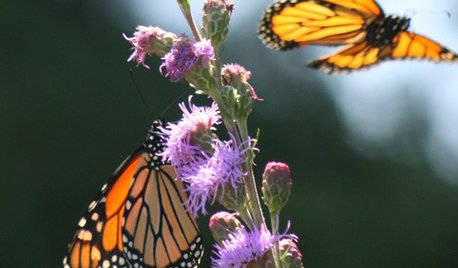
GARDENING GUIDESGreat Design Plant: Meadow Blazing Star (Liatris Ligulistylis)
Make fast friends with the monarch butterflies and get a color show too with this adaptable U.S. Midwest native
Full Story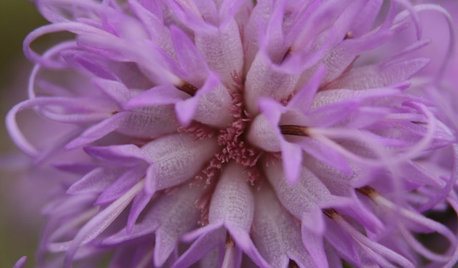
GARDENING GUIDESGreat Design Plant: Blazing Star
Attract birds, bees and butterflies to your garden with the unique flower spikes of Liatris from July to September
Full Story
NATIVE PLANTSPlant These Fall-Flowering Natives in Early Summer for Pollinator Love
These 3 groups of plants will support masses of beneficial insects come autumn
Full Story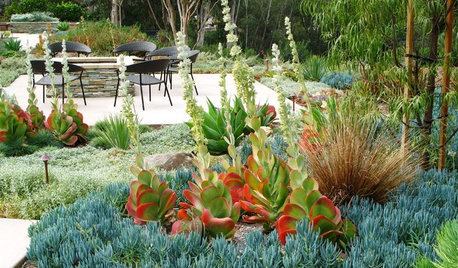
GARDENING GUIDESGreat Design Plant: Paddle Plant
If you're looking for awesomely strange foliage and low care requirements, this succulent is right up your alley
Full Story
GARDENING GUIDES6 Plants That Beat Butterfly Bush for the Wildlife Draw
It's invasive, a nonnative and a poor insect magnet. Check out these better alternatives to butterfly bush in the garden
Full Story
GARDENING GUIDESWe Bust 4 More Native Plant Myths
Have you been taken in by these fallacies about gardening with native plants?
Full Story
WINTER GARDENING10 Native Wildflowers to Beautify Your Winter Garden
They stand strong in wind, feed wildlife and are easy to grow. But you may want to add these plants for their looks alone
Full Story
GARDENING GUIDESGreat Design Plant: Butterfly Milkweed, a Beacon in the Prairie
Vivacious orange flowers for you, nectar for the butterflies and bees. Asclepias tuberosa is worth planting for more reasons than one
Full Story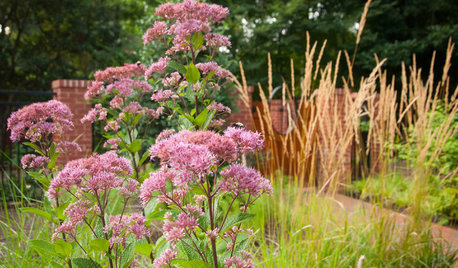
GARDENING GUIDESGreat Design Plant: Eutrochium Maculatum
Sculptural, slightly tropical looking and a boon to wildlife, Spotted Joe Pye Weed is a gotta-have plant in many parts of the U.S.
Full Story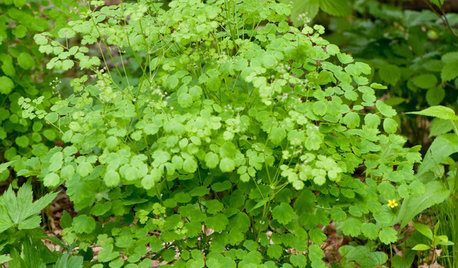
GARDENING GUIDESGreat Design Plant: Thalictrum Dioicum Thrives in Dry Shade
Plant early meadow-rue in eastern U.S. woodland gardens for its tolerance of dry sites and shade
Full Story





GreatPlains1
ken_adrian Adrian MI cold Z5
Related Professionals
Wilmington Landscape Contractors · Broadlands Landscape Contractors · Brooklyn Park Landscape Contractors · Fort Mill Landscape Contractors · Maywood Landscape Contractors · Morrisville Landscape Contractors · Munster Landscape Contractors · Newnan Landscape Contractors · Pahrump Landscape Contractors · Stony Brook Landscape Contractors · Webster Groves Landscape Contractors · Wells Landscape Contractors · West Coon Rapids Landscape Contractors · Weymouth Landscape Contractors · Hawaiian Gardens Landscape Contractorsryseryse_2004Original Author
ken_adrian Adrian MI cold Z5
ryseryse_2004Original Author
GreatPlains1
User